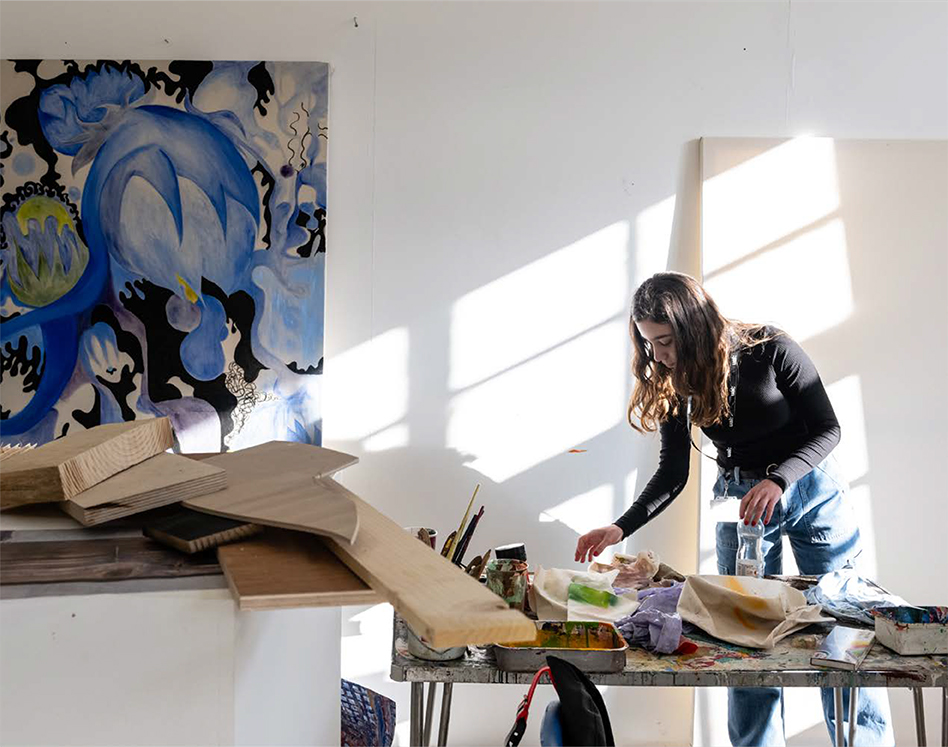This report looks at who gets to be an artist in the UK today, and considers whether access to a career in this vital industry is equitable and accessible

A collaboration between UAL’s Social Purpose Lab policy unit and Artquest, this report comes at a time when the UK Government has committed to growing the visual arts sector as part of its Creative Industries Sector Plan. If this is to succeed, action is required to address the inequalities that the data lays bare.
Download a summary of the Who Gets To Be An Artist report (PDF, 161kb), or download the full report (PDF, 1,4MB), or read the full report below.
Read more about the report in Arts Professional.
Interested in working with us on more research reports about equity in the artist workforce? Contact Russell Martin at Artquest.
Why does it matter?
Who gets to be an artist matters. Art is absolutely vital – it shapes our society and our culture, and how we understand the world. In both times of struggle and celebration, art can bring joy and meaning, catharsis and release, clarity and distraction. It shapes our cultural identity, helping us reflect, remember, and push forward, and it is also at the forefront of innovation, progress-making and pushing boundaries.
Key findings
According to Applied data, analysed from April 2024-March 2025:
- Just 41% of artists regularly earned money from their practice, and 69% cited lack of income as a barrier to their career.
- Yet over half of artists lived in London and the South East, some of the most expensive areas to live in the country.
- Amidst the rising cost of living, nearly a third of artists had taken on more debt in the last year and nearly 15% had accessed a foodbank
- A third of artists had seen an increase in employment outside of their creative practice in the last year, while just over a quarter had taken on work outside of their practice for the first time.
- 28% of artists did not have enough savings to last them one month, and only 8% had enough to last them one year.
- Discrimination is a barrier for artists, in particular on the basis of age (32%), social background (22%), and ethnicity (17%).
- Artists attended private school at 3x the rate of the general population, and 92.% attended university.
Ultimately, this report illustrates how financial insecurity, unequal access to creative education, and persistent regional disparities continue to shape – and limit – who is able to comfortably sustain a career as an artist.
These findings underscore the need for policy action:
- to expand access to creative education at alllevels;
- to champion the value of the creative sector more broadly; and
- to address precarity and turbulence in self-employment that exist outside of traditional employment formats more generally.
About Applied: Insight reports
The report uses data from our ongoing Applied data partnership and builds on recent insight reports on Disabled artists experiences during the ongoing cost-of-living crisis and an overview of artists’ earnings between 2022 and 2024.
All three reports show an increasingly polarised arts sector, with data showing the stark risk of artistic practice being closed to working class people and those without relatively more family wealth.
Summary report: Who Gets To Be An Artist?
Read the full report further down this page.
